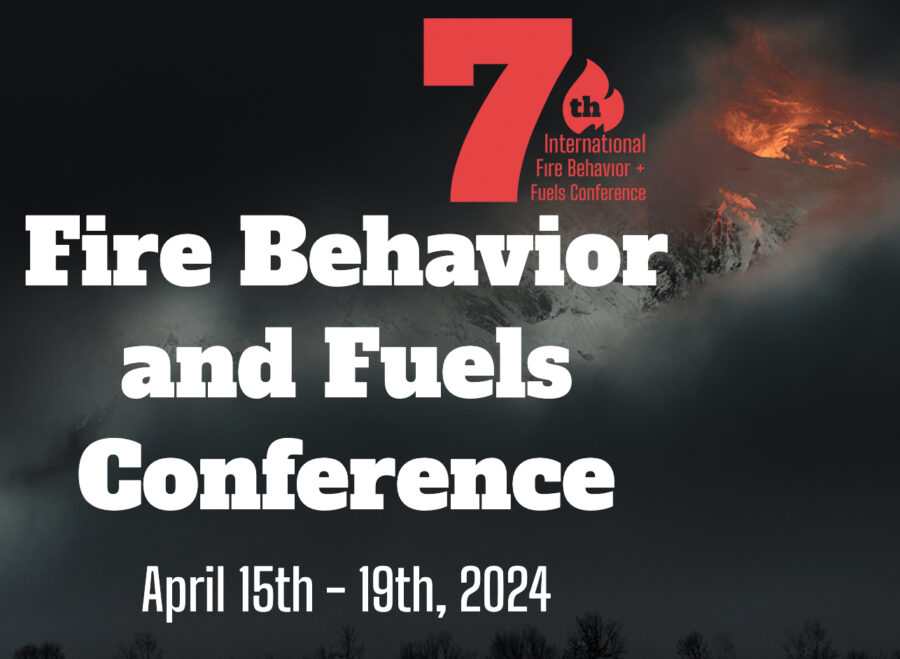Wildfires present an increasing challenge to humans and to the ecosystems and atmosphere we depend on. Our response to larger and more destructive wildfires and ability to prepare for a changing climate is increasingly challenged. Understanding fire behavior and human response is ever more important.
The 7th International Fire Behaviour and Fuels Conference offers a forum at which fire management experience and lessons are documented, current work showcased, and emerging research is shared.
This conference on three continents showcases new fire management policies and frameworks to address fire risks and build resilience. The conference will unite policy makers, scientists, fire managers, and Indigenous land stewards for a shared purpose and a better future living with fire.
Held concurrently in Tralee, Ireland and Canberra, Australia and Boise, Idaho.
BOISE HIGHLIGHTS:
- Monday: Workshops, Field Tours, Keynote Session by Dr. Lori Moore-Merrell, Opening reception with sponsors and exhibitors.
- Tuesday: Sessions, exhibitors, and Poster session/reception.
- Wednesday: Field tours, workshops, career fair
- Thursday: Sessions and exhibitors
- Friday: Explore Boise or travel day.



MORE INFO: firebehaviorandfuelsconference.com






 Evaluation criteria include overall quality and the fit with respect to the conference topic:
Evaluation criteria include overall quality and the fit with respect to the conference topic: 
